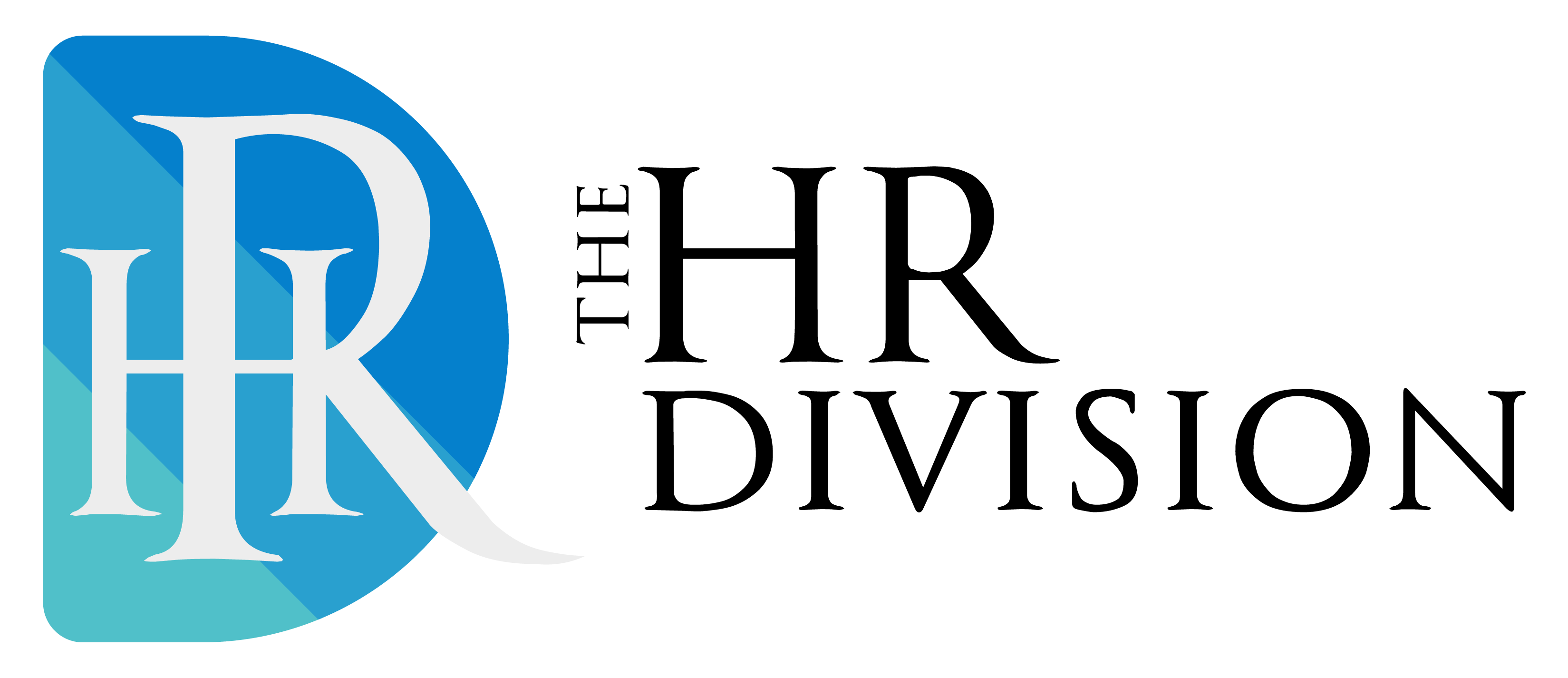In this guide, we explain the significance of team building activities in the workplace and the role of employers.
Communication – Effective communication fosters understanding. When members have clear, open, and honest dialogues, there is coordination. A good flow of communication between team members and leaders ensures a common purpose. Teams stay constantly updated with information and have a clear channel that all members can understand and adapt.
Frequent and friendly communication strengthens relationships and creates a sense of belonging. Therefore, create a proactive feedback system by opening dialogue at all times, not just when there is a problem. Feedback allows continuous improvement.
Clarity of purpose – Clear roles and responsibilities ensure members understand what the organisation expects of them. When employees know the reasons for what they need to do, the roles they play sync with the general goals of the employer. Also, when employees are aware of their colleagues’ roles, they can avoid unfair delegation of work, which fosters resentment.
Ensure all team members understand the time frames, objectives, and standards of success—brief new members on what is expected of them and the organisation’s mission.
Clear ground rules – Clear rules create harmonious coexistence. As such, members need clear guidelines, norms, and acceptable conduct among themselves. It would help if you made rules with the input of the members. Teams will find it easier to commit to upholding the rules when they contribute and agree to them. Have copies of the written ground rules and present them to all new members.
Capabilities/strengths and weaknesses – Understand each individual’s strengths, capabilities, training level, and weaknesses, especially when assigning duties and responsibilities. Each member is a function of the whole team. When you place members in fitting roles, their motivation will be higher, leading to fewer struggles and mistakes.
It pays to delegate duties when you want to build a strong team. For effective delegation, consider the skill set of every team member and assign work to capable employees.
Creativity – Team building allows your employees to be creative, thus enhancing their problem-solving skills and productivity. When given a chance, your employees will be up to the task because they will always innovate to overcome obstacles.
Creative team building activities promote bonding because team members can share ideas and feedback freely. Honest feedback creates more cohesion among the members and with the management. Encourage brainstorming and debates. Let each member have the freedom of expressing an idea and understand that disagreements are normal.
Companies that encourage creative minds have a higher rate of attracting and retaining employees because talented professionals feel more content with their jobs and commit to remaining with the organisation long-term.
Cooperation – Employees learn how to work together and as individuals during team building. The partnership creates the synergy that enables effective problem solving, innovation, and change management. Therefore, make every employee feel like a partner of the organisation, regardless of rank.
Cooperation allows the combination of strengths and minimises individual weaknesses by reducing unproductive competition and politicking. As a result, employees work together intending to achieve a common goal for the organisation’s benefit. Let new members know your working culture and how best they can blend in.
Employee involvement – Take employees’ input into your organisation’s processes, including planning and decision-making. Have open discussions and corrective action processes and periodic discussions between the members and supervisor. Team involvement contributes to the continuous improvement and ongoing success of your organisation. Decision-making should be more of the team than the supervisor’s effort, so encourage all members to share information and stay open to suggestions and concerns.
Commitment – Give team members sufficient information on the mission, goals, and framework to create accountability and self-direction. Once the team knows what is expected and the goals to achieve, it will become more proactive in decision-making instead of waiting for you to issue instructions.
Accurate information enables participation by choice, which has higher commitment levels. Give your employees the choice of the projects and social teams they can join, but explain clearly any mandatory participation for everyone to understand the need for their input. Aim for consensus and willing participation.
Recognition and rewards – Acknowledge what a team member has done that is worth recognition. Set objective criteria for recognition by defining the praiseworthy actions and behaviours. Create a fair and standard metric for all employees to have the opportunity of recognition. According to Petaurum HR, employees can perform better when feeling acknowledged, greatly satisfied, and more purposeful.
Take time to celebrate success. For example, a team lunch after a good sales month or drinks after work to celebrate small wins is vital in team building. Out-of-work activities help in breaking barriers. You can even use such gatherings to introduce new members to the group and encourage interaction.
A culture of support – Personality is versatile, so allow team members to express uniqueness without fear of not conforming. Use social events for team members to know each other and unmask the personality behind a title or position to strengthen bonds. With a culture of support, your employees will be more willing to ask for assistance when stuck with tasks. In addition, new employees usually adjust and fit in better when there is a support structure in place.
Effective team building incorporates support because people who know each other listen and share, creating a transparent environment.
Leadership skills – Be aware of your leadership styles and techniques. Evaluate how effective and acceptable your leadership skills are and their impact on the team. Be critical and accountable with your leadership style by maintaining a positive mindset on areas of improvement and criticism.
Use an approach of strength, focus, and respect, even when solving problems among team members. It would be best if you were swift in making decisions and corrections to exhibit your confidence in leading the team. Show new and old members why you deserve the position.
In a nutshell, great leaders are experts in activating the talent around them. Fully knowing your team entails taking individuals and making them a strong unit using the strategies discussed in this guide. Team building is an effective management practice for boosting productivity, employee morale, and profits in organisations.







